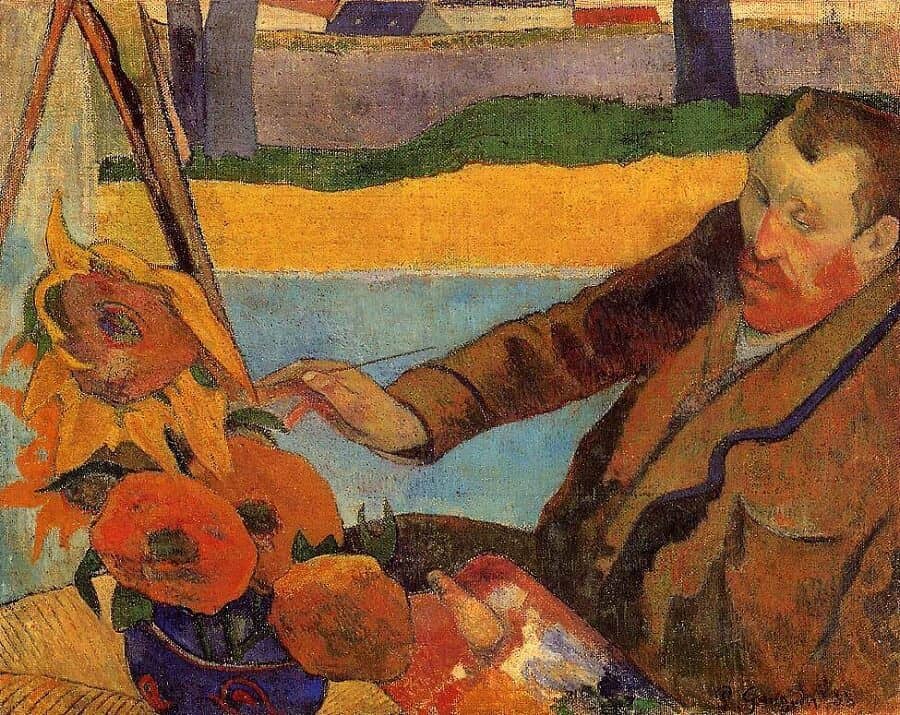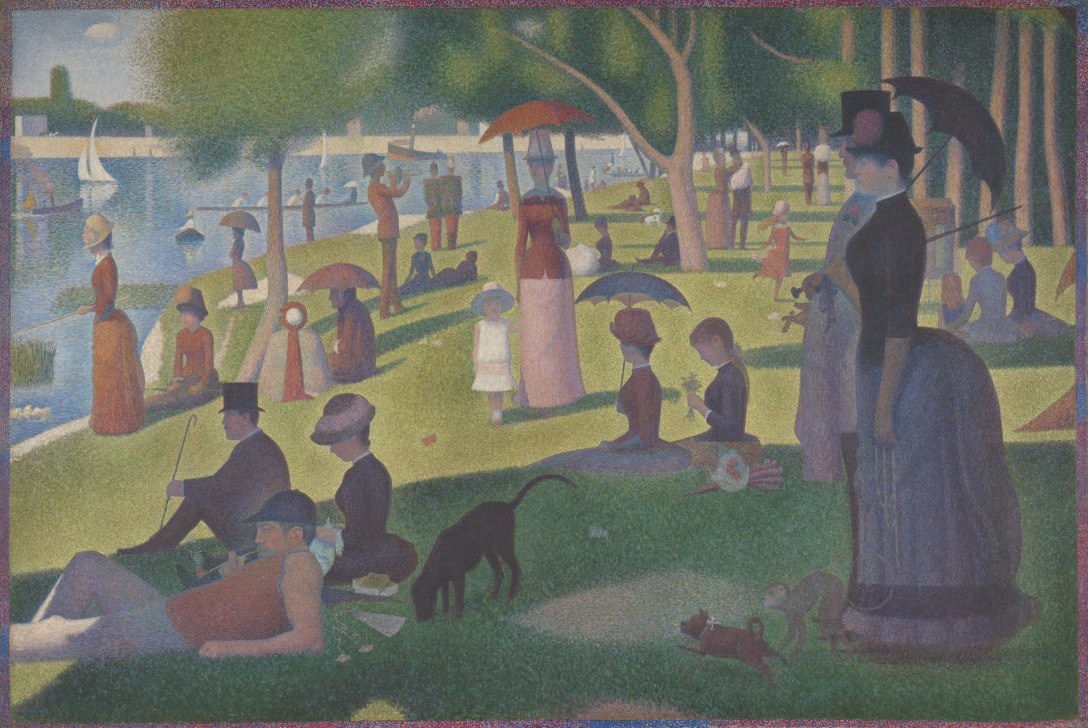Many people wish they could make beautiful things. However, people acknowledge that being an artist is an undeniably vulnerable task that requires truthfulness of expression and, as artist Henri Matisse proposes, takes courage. In the post, Miss Teska explores how prioritizing the arts in classical education can lead students to recognize beauty in their daily lives and orient their actions toward good. Practicing the virtue of friendship, or seeking virtue together, is essential to this end. Miss Teska offers some suggestions for how to cultivate the virtue of friendship in the art classroom.
Tag: visual art
Is “real” always better when it comes to art?
As young aspiring artists, students often ask questions like, "How can I make this look real?" because they measure their success and growth in art based on how realistically they captured the subject of their piece. In this post, Miss Teska explains how the seventh-grade art curriculum continuously explores art that moves toward abstraction and away from realism, offering an opportunity for students to witness new art styles and begin to curate a style of their own.
Becoming a Visual Archeologist
In this post, Master Teacher Miss Teska explains the importance of teaching students to observe closely and think critically as tools for distinguishing what is good and beautiful in their lives. The post outlines a method for engaging in a perceptual, creative exercise to strengthen observation and discover more about an artist.
Genius and Creative Perseverance
Did you know that being an enduring artist, persevering with steady effort and good cheer through artistic challenges, can lead to becoming a genius? In this blog post, Master Teacher Miss Teska explains how her upper school art students discovered this through practicing the virtue of perseverance and studying Albrecht Dürer’s artwork, Melencolia I.
The Power of Beautiful Art
Art and Our Homelessness
"To spend our lives ignoring the reality of this world and the goodness that can be experienced in it (trying and full of strife as it is), would not be good, nor would it satisfy us. But to live entirely as if this world is the end and dismiss the longings of our souls for something beyond material existence will not resolve the questions in our hearts either." Read this post to explore these coexisting truths in the context of art.
Michelangelo’s David and Teaching Sculpture: A Conversation with Prof. Anthony Frudakis
Why do we study the fine arts, and how should K-12 schools cultivate a love and understanding of great art among their students? How should we study sculpture in particular, and what makes the great sculptors so excellent? How should we study Michelangelo's David in particular? Dr. O'Toole had a fascinating conversation with Prof. Anthony Frudakis, Associate Professor of Art at Hillsdale College on Michelangelo's David and why we study sculpture. Enjoy!
The Power of a Demonstration
There are a number of mistakes I have made teaching throughout the years, but I think perhaps the biggest was not providing enough studio demonstrations when I first started teaching art. Back then I had a fear that my demonstrations would not turn out well and I would lose credibility with the class if they… Continue reading The Power of a Demonstration
Quality Over Quantity
Self portrait, by Elisabeth Louise Vigée Le Brun (1790). The most frequent piece of advice I have given students over the years is to slow down on art assignments. It is very easy to become impatient in the studio and want to skip steps or move forward prematurely. Admittedly, I am guilty of often becoming… Continue reading Quality Over Quantity









